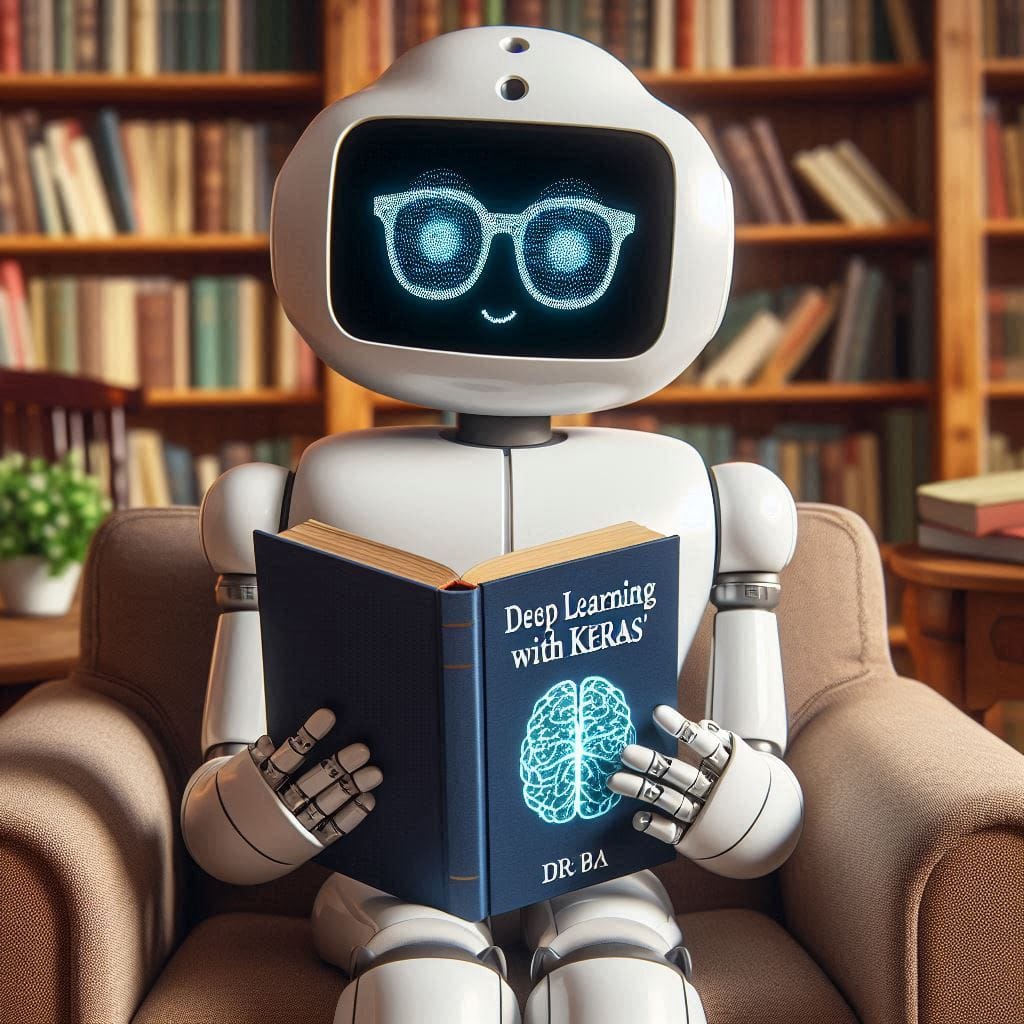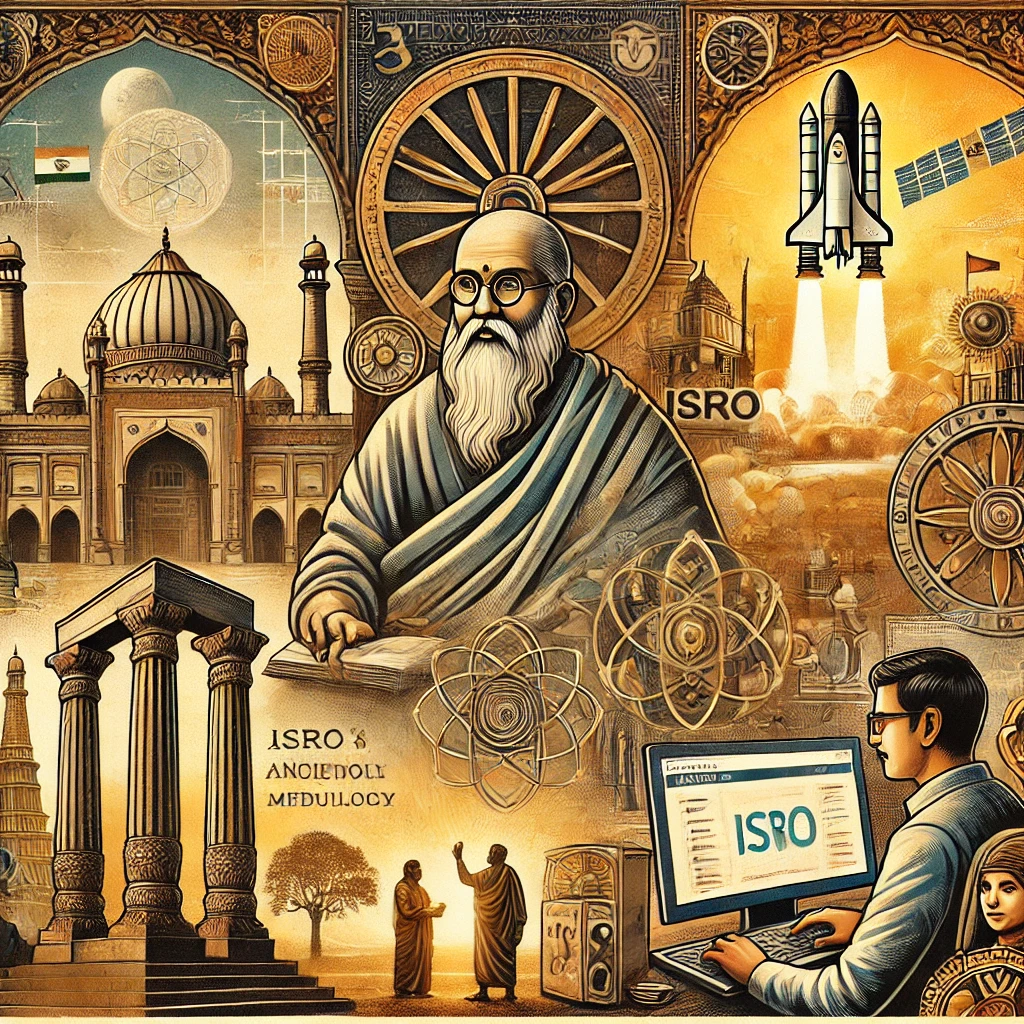The world of artificial intelligence (AI) is evolving rapidly, with Generative Artificial Intelligence (Generative AI) at the forefront of this technological revolution. Whether you’re captivated by AI-generated art, innovative language models, or deepfake videos, Generative AI is central to these advancements. This blog will explore Generative AI, its transformative potential, current trends, challenges, and broader implications for various industries.
What is Generative Artificial Intelligence?
Generative Artificial Intelligence refers to a subset of AI that can create new and original content, such as text, images, music, or even 3D models. Unlike traditional AI models that classify, predict, or process data, Generative AI produces entirely new data. It works by learning patterns from existing datasets to generate instances that fit those patterns.
Prominent models associated with Generative AI include Generative Adversarial Networks (GANs) and Variational Autoencoders (VAEs). Recent advancements, such as Transformer-based models like GPT-4 and DALL-E, have expanded the possibilities for Generative AI applications.
How Does Generative AI Work?
Generative AI primarily uses deep learning techniques to understand and replicate data patterns. Here’s a simplified breakdown:
- Training on Data: Models are trained using vast datasets, such as thousands of images, text files, or audio clips, enabling them to identify patterns.
- Generating New Data: After training, these models can generate new data based on learned patterns. For instance, a model trained on landscape images can create entirely new, realistic-looking landscapes.
- Feedback Mechanism: In advanced models like GANs, a “generator” creates new data, while a “discriminator” evaluates it. The two components work iteratively to enhance the quality of generated content.
Key Applications of Generative AI
Generative AI is not limited to theoretical concepts; it’s making significant impacts across various industries. Here are some key applications:
- Content Creation and Marketing: Generative AI is transforming digital content creation. AI-powered tools can write blog posts, create visuals, and compose music. Marketing professionals use Generative AI to automate content creation, personalize campaigns, and craft creative ad copy.
- Art and Design: From generating unique artworks to designing entire fashion lines, Generative AI provides new avenues for creativity. Tools like DeepArt, Midjourney, and DALL-E empower artists and designers to explore innovative ideas.
- Healthcare: Generative AI is a game-changer in healthcare. Researchers use it to develop new drugs, simulate molecular structures, and enhance medical imaging.
- Gaming and Virtual Reality: Generative AI models create immersive gaming experiences. They design in-game characters and terrains, generate real-time dialogue, and develop narratives.
- Film and Entertainment: In film production, Generative AI allows creators to de-age actors, enhance visual effects, and generate entire scenes with minimal human input. This is particularly beneficial for low-budget productions.
The Rise of AI-Generated Content
The rise of Generative AI has sparked significant interest in AI-generated content. Models like GPT-4 can write human-like text, mimicking various tones and styles. This opens doors to automated journalism, personalized storytelling, and chatbot-based customer service.
One major advantage of AI-generated content is efficiency. Marketers, writers, and businesses find these models helpful for quickly producing high-quality content. However, this efficiency raises concerns about authenticity and ethics.
Challenges in Generative AI
While Generative AI holds immense potential, it also faces several challenges:
- Data Privacy and Security: Training models requires large datasets, leading to concerns about privacy and data security. Mismanagement could result in biased or inappropriate outputs.
- Deepfakes and Misinformation: A significant risk associated with Generative AI is the creation of deepfakes, which can manipulate information and spread misinformation.
- Ethics of Ownership: Questions about ownership of AI-generated content are pressing, particularly in creative fields. Legal frameworks surrounding Generative AI are still developing.
- Bias in AI Models: Models can reflect biases present in their training data, leading to biased or unfair outputs.
Future of Generative AI: Trends to Watch Out For

Future of Generative AI
As Generative AI evolves, we expect more sophisticated applications across sectors. Here are key trends to monitor:
- AI in Creative Professions: Generative AI is becoming a co-pilot for artists, designers, writers, and musicians. We may see AI collaborating with creators to develop complex narratives and artistic compositions.
- Synthetic Data Generation: Generative AI can create synthetic data, aiding in training models while preserving real-world data privacy. This is crucial in sensitive sectors like healthcare.
- AI-Generated Movies and Video Games: The entertainment industry may soon witness AI-generated movies and games. With models like GPT-4 and GANs, scriptwriting, scene generation, and character development could become highly automated.
- Personalized User Experiences: Businesses are focusing on hyper-personalization, with Generative AI playing a vital role in creating tailored content, advertisements, and product recommendations.
Impact of Generative AI on Society
The societal impact of Generative AI is profound. From democratizing content creation to transforming industries, it’s set to bring radical changes. However, responsible and ethical use is crucial. Policymakers, researchers, and developers must collaborate to ensure Generative AI remains a force for good.
In education, Generative AI can create customized learning experiences. In healthcare, it can revolutionize drug discovery and patient care. In business, it’s all about new marketing strategies and automating routine tasks.
Conclusion
Generative Artificial Intelligence is more than just a buzzword; it’s a technological revolution. From redefining creative boundaries to enhancing efficiency across industries, the applications of Generative AI are vast. However, with great power comes great responsibility. Addressing challenges like data security, misinformation, and ethical ownership is crucial as we navigate this frontier.
As Generative AI continues to evolve, it will touch every aspect of our lives—reshaping how we work, create, and interact with technology. For businesses, creatives, and innovators, understanding and leveraging Generative AI can be a key differentiator in the years to come.




Can you be more specific about the content of your article? After reading it, I still have some doubts. Hope you can help me.